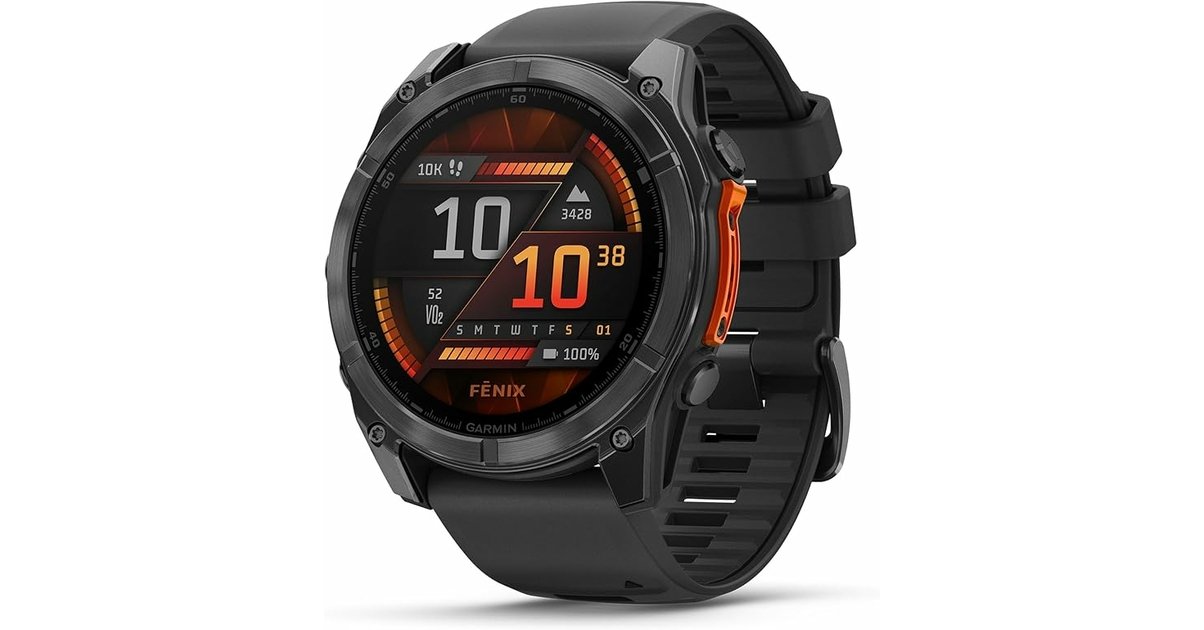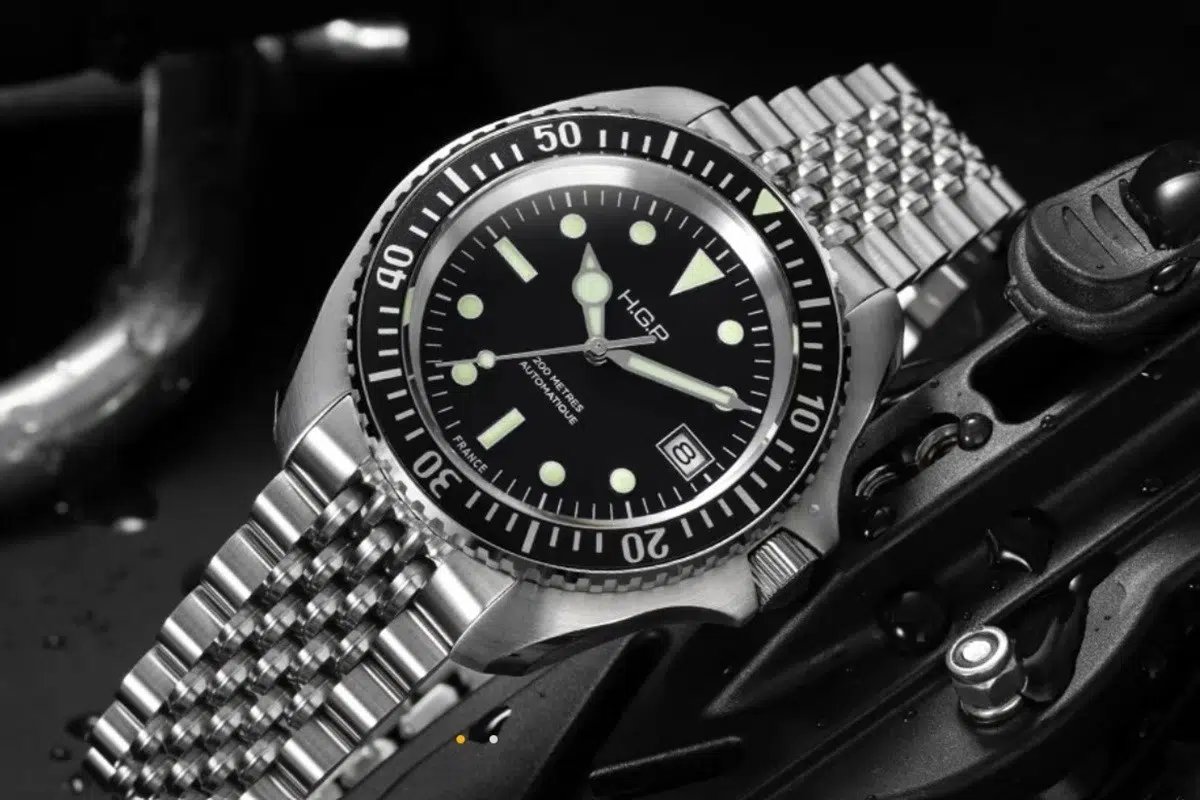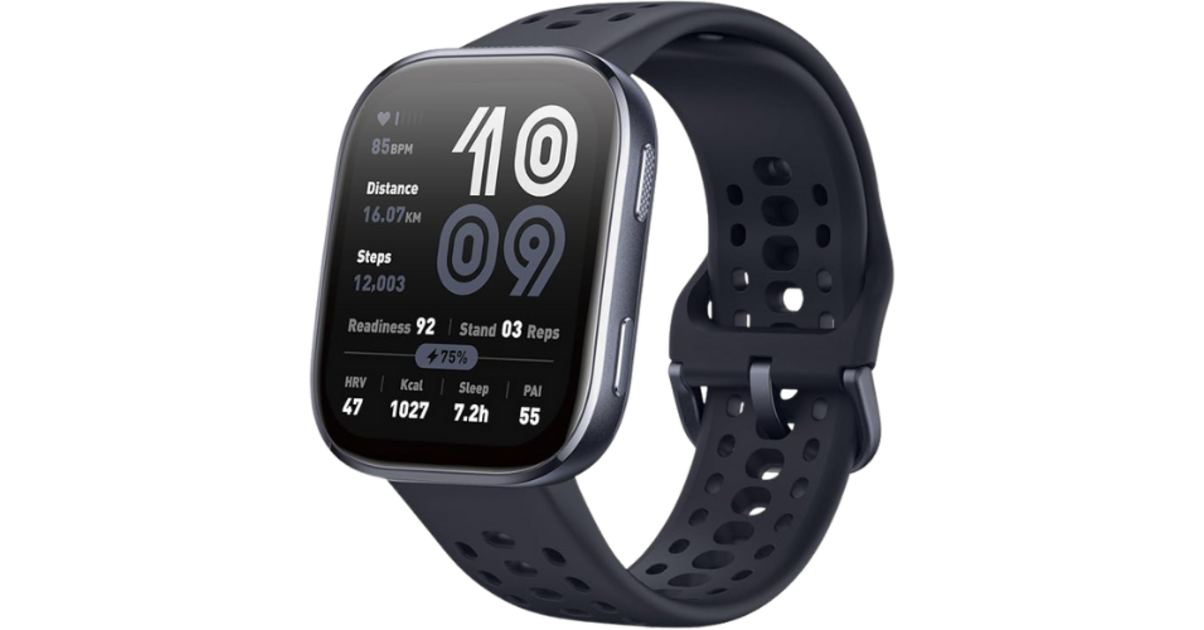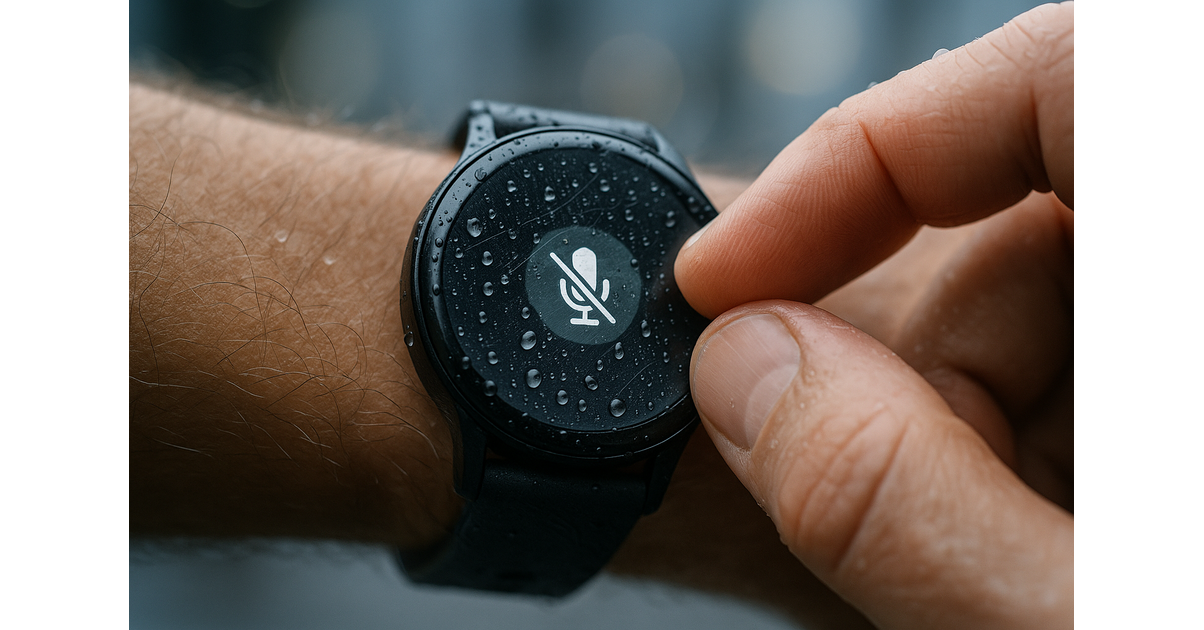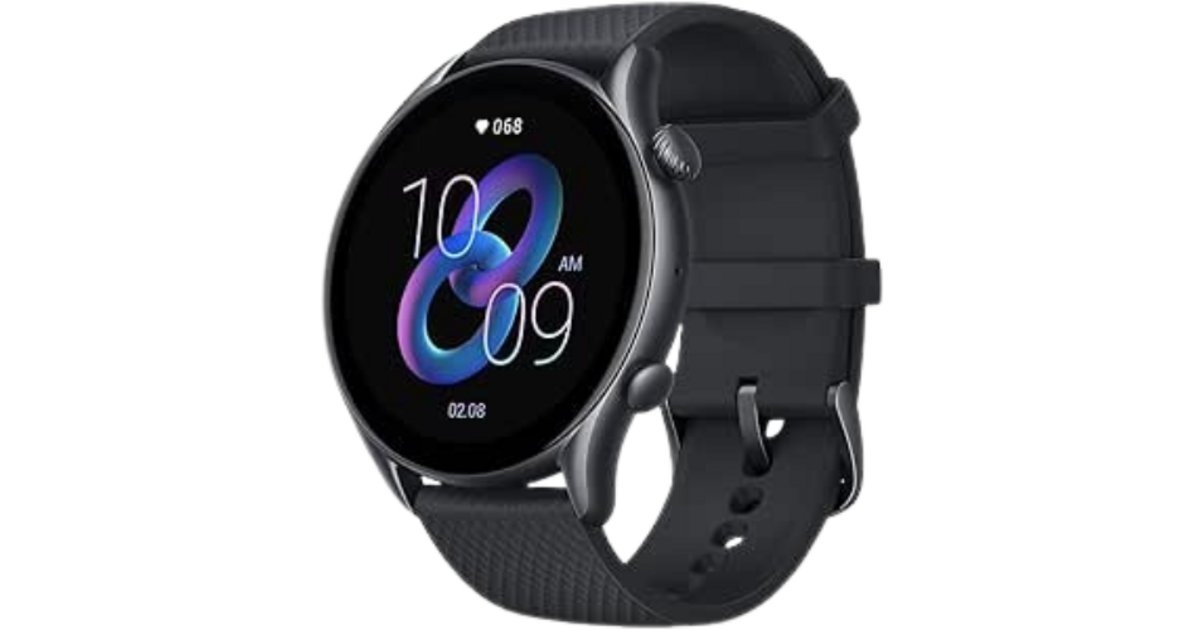Table of Contents
Key features: beyond the sun and the GPS
Each beat counts. A solar garmin watch is not just a tech gadget for Outdoor geeks. He is a life assistant, A tool that transforms data into decisions. The Gen 4/5 sensors measure your heart rate in real time, which you run, nag or sleep. Frankly, who wants to miss that?
- Heart frequency (Gen 4/5) : 24/7 surveillance, even underwater. Gen 5 improves precision, especially at altitude or during intense efforts. For example, during an ultra-trail in the mountains, detection remains reliable even under dense fir trees.
- Pulse ox : Measure oxygenation for acclimatization or sleep. Practical in the mountains where air is scarce or to calibrate its nights: 95-100 %, it is the ideal area. Below 92 %? An alert sounds – but it is not a medical diagnosis.
- Body Battery ™ : Visualize your energy reserves. A countdown before burnout. On the enduro 3, this score crosses the training data to adjust your outings. Result ? Less pump strokes.
- Sleep and stress : Sleep score + level of crossed stress for a precise diagnosis. No more assumptions. The Fenix 8 Solar, for example, analyzes the REM cycles and adjusts sports metrics in office: sleep badly, your fractional sessions will be less effective.
SOBER connectivity: filtered notifications, Garmin PAY to pay without a phone. Integrated music (e.g. Forerunner 965 with 500 Spotify titles) Liberates nomadic athletes. 10 hours of wireless trail? Possible. Models like the Forerunner 955 Solar also store Strava Live playlists to motivate in coastal.
The GPS remains infallible. Multi-GNSS (GPS, Glonass, Galileo) and double frequency on recent models draw your journey, whether in the forest, on a steep path or in town. Garmin products even extend to navy or aviation – sectors where Precision saves lives. On instinct 3 Solar, topo xmaps cartography guides hikers. In town, geolocation remains stable despite the skyscrapers.
Solar investment: is it really worth it?
Ok, we’re going to go: should we really pay more for a solar garmin watch? Obvious answer? Not always. But if you hike independently, ultra -high or bump outside, The answer changes radically.
The yes frank (for whom it is essential)
Ultra-trailers, adventurers in total autonomy (bikepacking, treks of several days), Outdoor pros: for you, Solar is life insurance. Take the Enduro 3. Without sun, 36 days of autonomy. With 90 days. Suddenly, in Pyrenean UTMB or raid, more panic in energy saving mode. The Fenix 8 Solar goes from 30 to 48 days with the sun. Why risk falling dry when the GPS traces your journey?
“It depends” (for whom it is a comfort)
Do you run 10 km on weekends? Are you hiking 3 hours in the forest? Solar is not vital. But admit that forgetting the socket 3 weeks instead of 2, it’s nice. The Forerunner 955 Solar goes from 14 to 20 days in connected watch. For a triathlete, it is a concrete gain. Just … check the additional cost. Sometimes, We pay 100-150 € more For a reasonable gain. In trail in the forest, solar will be less effective than in mountains or seaside.
Frankly, for the Sunday hiker, the additional cost of solar is a false good idea. Better to invest the difference in a more efficient non-solar model or good shoes.
The unlikely (for whom it is superfluous)
Are you 5 km of jogging 3 times/week in town? The basic battery is enough. The Fenix 7 Pro already holds 30 days in the watch. In active GPS mode, She continues 37 hours of trace. No need to burn your budget for unnecessary autonomy. Really: your money is better elsewhere. Even in running on track, the battery is 8 p.m. Solar becomes luxury.
Alternative for undecided
If you swing, take a look at the comparison of the Garmin watches. A non-solar model with 60 hours of GPS (like the Fenix 7X) could stick to your needs. Save 200 €it’s nice.
